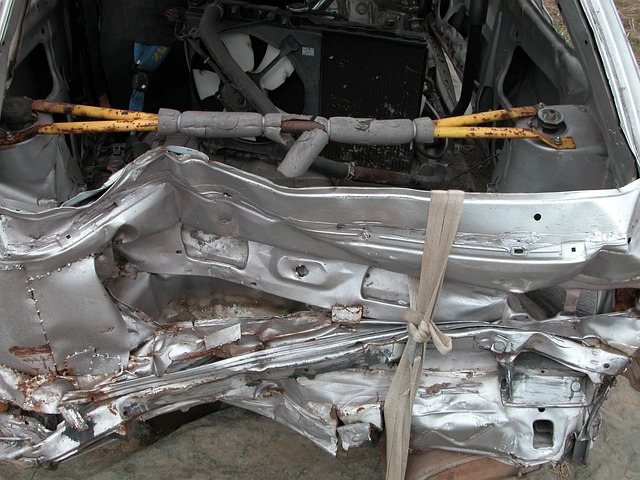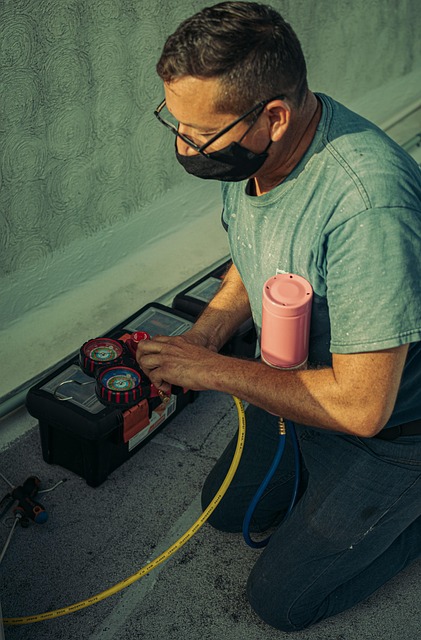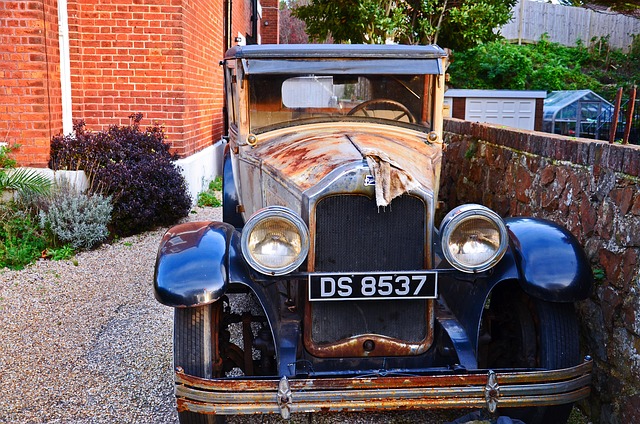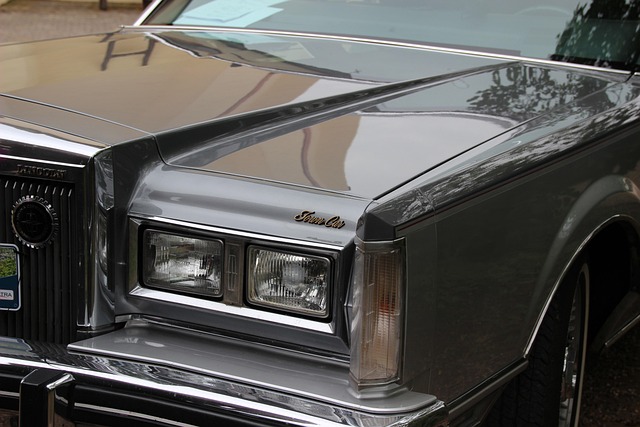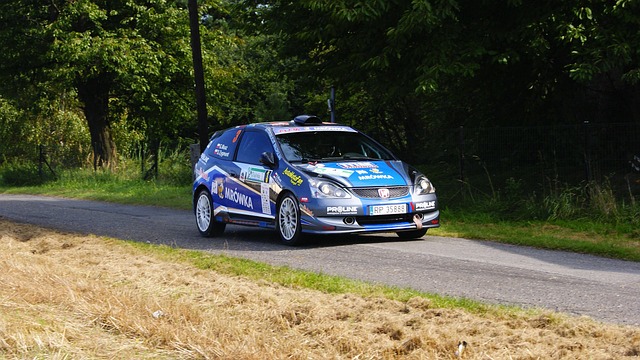Frame damage assessment is a crucial legal process after vehicle collisions, going beyond visual checks to measure and document structural alterations accurately. It's essential for ensuring vehicle safety, preventing costly mistakes, maintaining resale value, and avoiding legal complications. A compromised frame can lead to alignment issues, decreased handling, and increased susceptibility to future damage. Therefore, a comprehensive assessment by a qualified technician is recommended, guiding the entire repair process from fender repair to auto body restoration.
Post-collision vehicle inspections, particularly focusing on frame damage assessment, are legally recommended to ensure accurate repairs and maintain safety standards. This article delves into the significance of understanding frame damage from a legal perspective, highlighting why thorough post-collision inspections are vital. We explore how undetected or improperly assessed frame damage can impact vehicle safety and repair costs, emphasizing the importance of competent frame damage assessment for responsible and cost-effective vehicle maintenance.
- Understanding Frame Damage Assessment: The Legal Perspective
- Why Post-Collision Inspections are Essential for Accurate Damages
- The Impact of Frame Damage on Vehicle Safety and Repairs
Understanding Frame Damage Assessment: The Legal Perspective
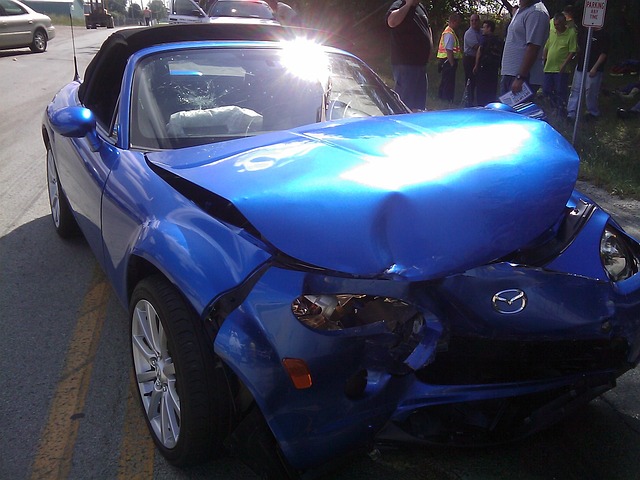
Understanding Frame Damage Assessment: The Legal Perspective
In the aftermath of a collision, assessing frame damage is crucial for determining the safety and structural integrity of a vehicle. From a legal standpoint, this process involves meticulous inspection to identify any misalignments, deformations, or hidden damage that could impact the car’s performance or pose potential hazards. Frame damage assessment goes beyond mere visual inspection; it requires advanced tools and expertise to accurately measure and document any alterations to the vehicle’s frame. This is particularly important in cases where the initial impact might not reveal extensive damage, but hidden structural issues could compromise safety.
In light of these considerations, auto maintenance professionals emphasize the significance of seeking expert opinions from reputable automotive body shops for comprehensive frame damage assessment. Accurate evaluation ensures that vehicles are repaired to manufacturer standards, enhancing safety and resale value. Moreover, it helps prevent costly mistakes and potential legal complications by ensuring that all damages, including hidden ones, are accounted for during the repair process.
Why Post-Collision Inspections are Essential for Accurate Damages
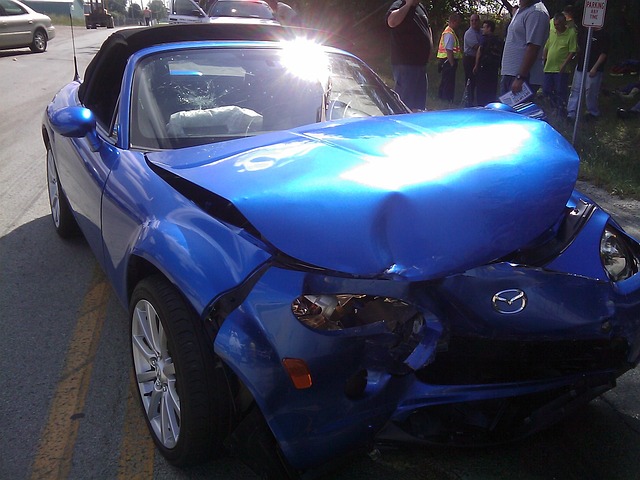
Post-collision inspections are a critical step in ensuring accurate frame damage assessment. When a vehicle undergoes a collision, it can sustain hidden or invisible damages that aren’t immediately apparent. Skipping this inspection phase may lead to incomplete repairs, which could compromise the safety and structural integrity of the vehicle. Professional mechanics use specialized tools and expertise during these assessments to detect even the slightest misalignments in the frame, ensuring every component is fixed correctly.
These inspections are vital for customers seeking auto repair services or visiting a car body shop. They provide a detailed report that outlines the extent of the damages, allowing for precise repairs, including necessary auto body painting if required. By prioritizing post-collision frame damage assessment, both vehicle owners and auto body professionals can collaborate to restore vehicles to their pre-accident condition, ensuring customer satisfaction and road safety.
The Impact of Frame Damage on Vehicle Safety and Repairs

Frame damage, often overlooked as a secondary concern after a collision, can significantly impact both vehicle safety and the scope of necessary repairs. When the frame—the structural backbone of any vehicle—is compromised, it can lead to improper alignment, decreased handling, and increased vulnerability to future damage. What’s more, hidden issues like twisted or bent members might go undetected without a thorough frame damage assessment, potentially posing risks to drivers and passengers during subsequent drives.
A comprehensive frame damage assessment by a qualified technician is therefore not just legally recommended but also crucial for ensuring safe driving conditions. This initial evaluation guides the entire repair process, influencing decisions on everything from basic fender repair to more complex auto body restoration. Body shop services that specialize in frame straightening and structural repair use advanced techniques to return the vehicle to its original specifications, guaranteeing both cosmetic satisfaction and continued safety reliability.
Post-collision frame damage assessment is not just a recommended legal practice, but a critical step in ensuring accurate vehicle repair estimates and prioritizing safety. Understanding the impact of frame damage on a vehicle’s structural integrity and overall safety is key to navigating legal complexities and facilitating efficient repairs. By adhering to proper frame damage assessment protocols, stakeholders can mitigate risks, uphold quality standards, and promote consumer protection in the automotive industry.
